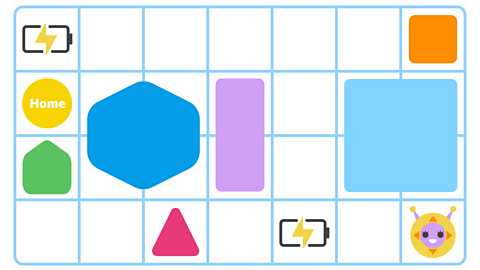Using networks
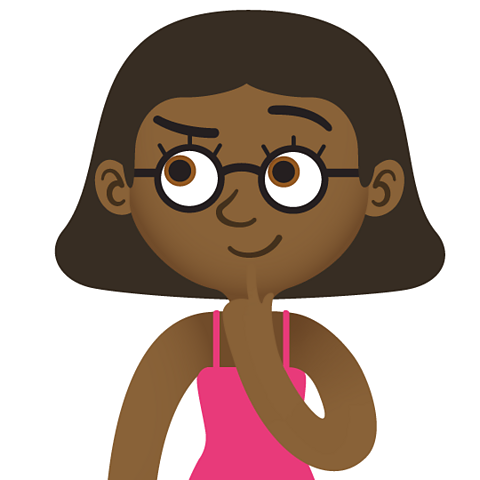
When we use a networkA group of interconnected computing devices., we use a client such as a computer or a laptop. Networks are created when two or more computers are connected together.
When computers are connected, information can be exchanged between them. Connecting computers together to form a network has several benefits.

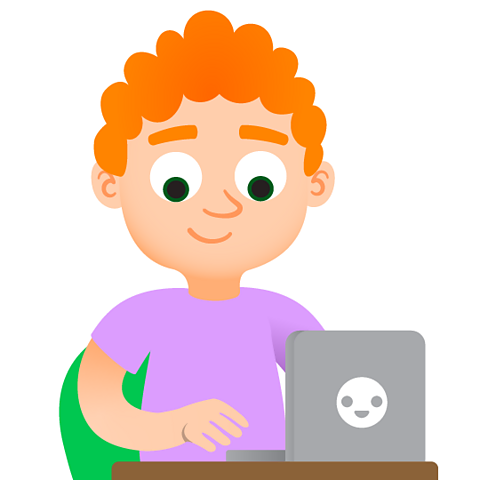
- Hardware connected to the network like printers and photocopiers can be accessed by all the computers connected to the network.
- Files are stored on serverA networked computer that manages, stores and provides data such as files to other computers. which can store much more than a personal computer. These files can be opened, modified and saved by anyone connected to the network.
- Users can be set up with different profiles. This means that different users can be given access to certain things and restricted from other things. Your network in school will allow adults to access things that pupils are not allowed to.
Watch: Networks
See how networks allow information to be shared between devices with this video from 91Čȱ¬ Teach.
Accessing networks
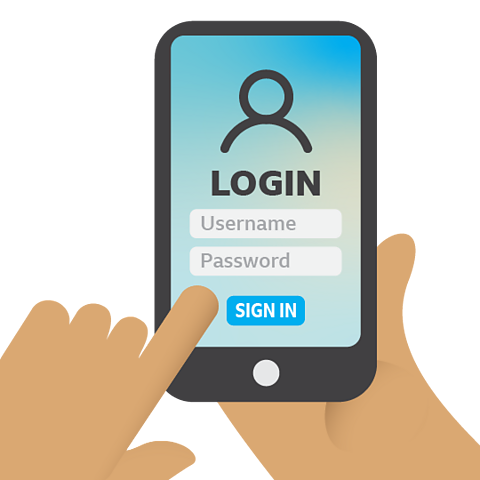
If we want to access the services provided by a network we have to be a user of that network.
Information about each user such as usernames and passwords are stored on the server.
It also tells the server which files we are allowed to view. This helps keep the files and your information saved on the network safe.

How is information delivered?
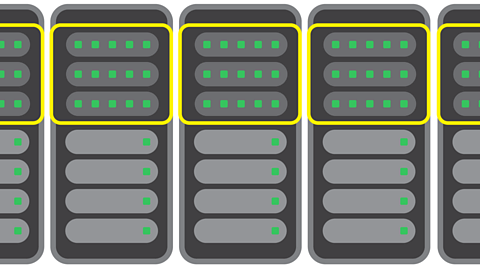
switchA device that manages the flow of data packets within a computer network. make sure that data packetWhen information is sent from one computer to another it is broken down into small bits of data called 'packets'. Each packet includes information about where the data is going to, where it is from and how to reassemble it. are sent to the right part of the network.
Each device connected to a network has a MAC addressA hardware identification number that is unique and can identify different devices on a network.. The switches use these addresses to send data to the correct device.
Sometimes the network will be too busy for information to be sent. This is because the network has reached its bandwidthThe amount of data that can be sent from one device to another in a certain amount of time..
This is the maximum amount of data that can be transferred over a network at any one time. Before sending any information, a device checks to see if there is enough room for it to be sent. If there is not, the device waits and checks again.
Different types of networks
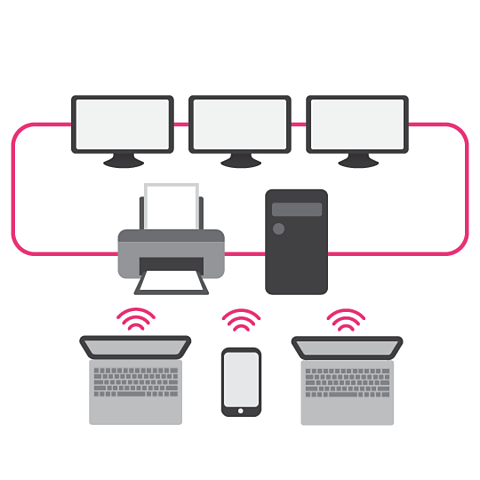
A network where all the devices are in the same location is called a local area network (LAN).
Your school network is an example of a LAN. A home network is also a LAN.
LANs can be connected together to form wide area networks (WAN).

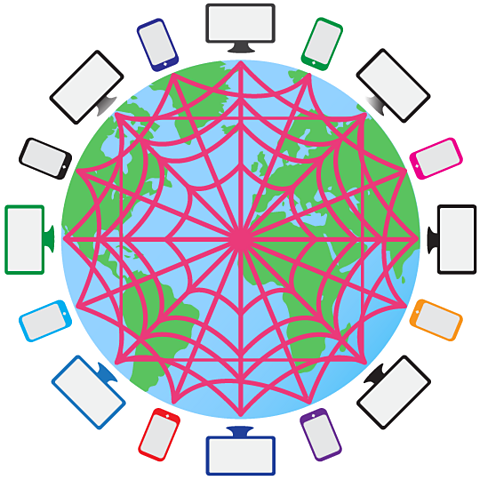
Think about banks as an example. All the computers in a bank will be connected together in a LAN so they can share information.
The bank wants to share information with other banks. To do this, the banks connect their LANs together. This creates a Wide Area Network.
The internet is a Wide Area Network. It's the world's largest WAN.
Activities
Computing - Dance Mat Typing. gameComputing - Dance Mat Typing
Build and test your computing skills with different levels of touch type challenges

More on Computer science
Find out more by working through a topic
- count22 of 24

- count23 of 24
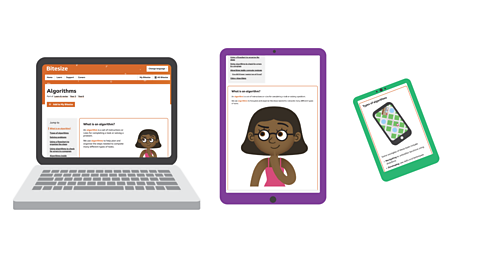
- count24 of 24
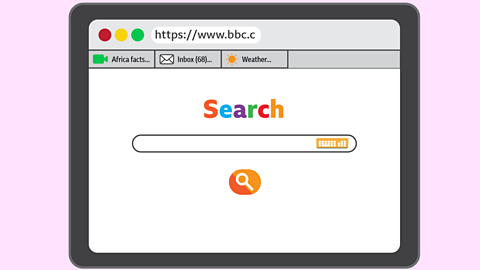
- count1 of 24
